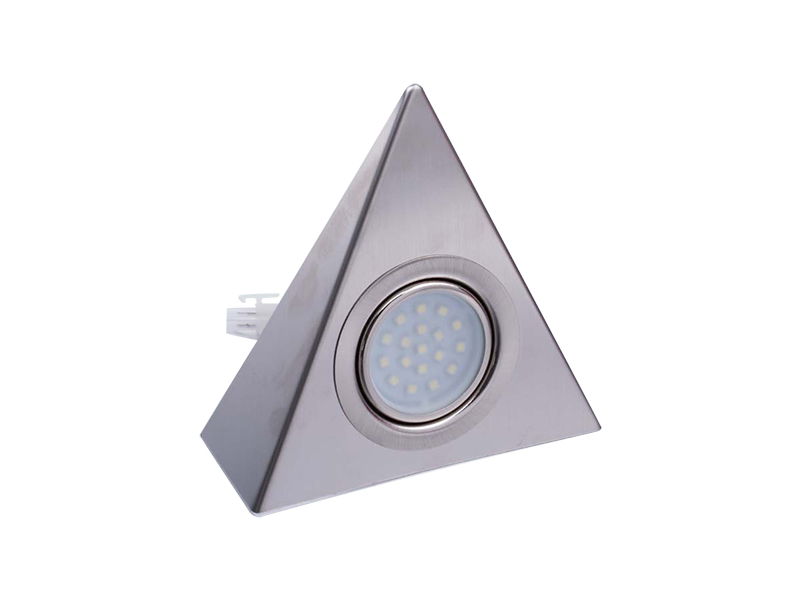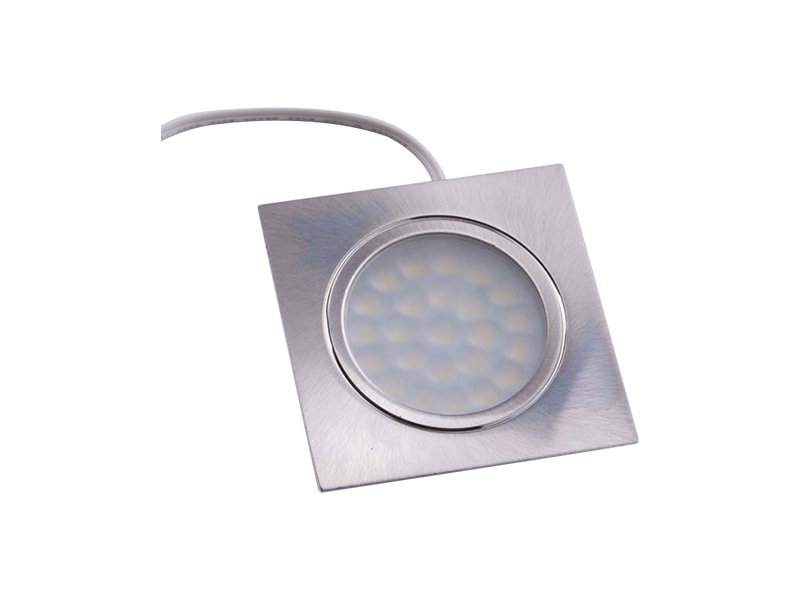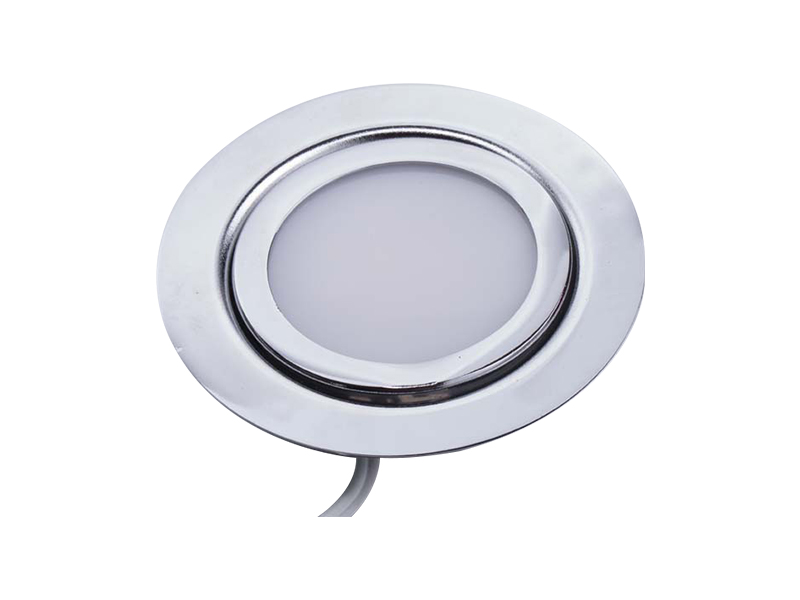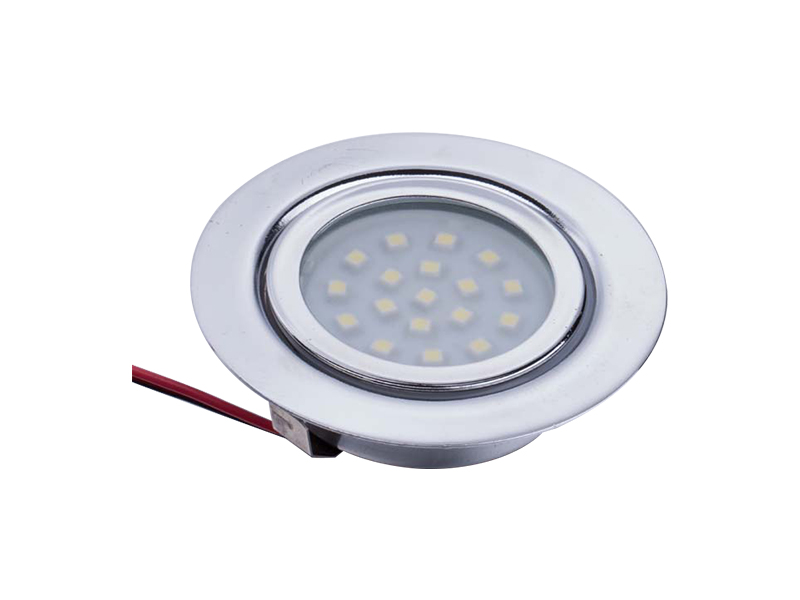-

E-mail:[email protected]
-

Telphone:+86-574-88073028
-

FAX:+86-574-88073029
QR code on
mobile phone
Welcome to Eastkey!
Welcome to Dongke!
LED mirror lights have become widely used in residential bathrooms, hotel rooms, dressing areas, and commercial spaces due to their stable illumination, energy efficiency, and streamlined structural design. In addition to lighting functions, many modern LED mirrors integrate supplementary features such as touch control panels, brightness adjustment, color temperature switching, and in certain models, anti-fog technology. Whether LED mirror lights inherently provide anti-fog performance depends on their internal construction, power configuration, and added components. Some mirrors include built-in heating pads or conductive film layers that help reduce fog accumulation, while others require external accessories. Understanding how these systems operate helps users and designers evaluate whether a particular LED mirror meets environmental and practical requirements for everyday use.
Fog develops on glass surfaces when warm, moisture-filled air condenses on a cooler reflective surface. Bathrooms are the most common environment where this occurs, especially after hot showers. The temperature difference between the humid air and the mirror surface causes water droplets to form, creating a cloudy appearance. LED lighting alone does not prevent condensation, as illumination does not generate enough heat to counteract moisture accumulation. Anti-fog functionality therefore requires an additional thermal mechanism capable of elevating the mirror’s surface temperature. By keeping the surface warmer than the surrounding air, condensation becomes less likely to form. Understanding this principle is essential when analyzing whether LED mirror lights support anti-fog properties.
Anti-fog systems used in LED mirrors typically rely on a uniform heating element installed behind the glass surface. This heating layer can be a resistive heating pad, conductive film, or electrothermal sheet. When activated, the heating component gradually warms the mirror, reducing condensation. LED mirror designs integrate this heating system into the backing structure while ensuring electrical safety and heat distribution. The heating component is often connected to a touch-sensitive control button or a separate power switch, allowing independent operation. This is useful because anti-fog features are not required continuously and can consume additional energy. The system is engineered to reach functional temperature levels quickly without excessive heat, maintaining a comfortable and safe bathroom environment while ensuring the reflective surface stays clear.
Different anti-fog technologies are applied depending on mirror size, installation location, and budget considerations. Resistive heating pads are commonly used because they provide reliable temperature control and are relatively simple to install. Conductive film layers offer a thinner and more uniform distribution of heat, suitable for frameless or ultra-slim mirror constructions. Some high-end LED mirrors incorporate smart heating systems that automatically regulate temperature based on humidity levels. While the fundamental purpose remains the same, selecting between these technologies depends on compatibility with the mirror’s electrical system, energy use requirements, and user expectations. Each method presents distinct performance characteristics, which manufacturers evaluate before integration.
LED mirrors vary significantly in functionality depending on their intended market. Some provide basic lighting functions only, while others integrate multiple convenience and safety features. The following table highlights the differences between LED mirror versions with anti-fog features and those without, helping illustrate the performance choices available to consumers and designers.
| Feature | LED Mirror With Anti-Fog | LED Mirror Without Anti-Fog |
|---|---|---|
| Fog Prevention Capability | Heating component minimizes condensation | No active fog prevention; surface may fog in humid conditions |
| Energy Consumption | Higher due to heating system | Lower; illumination only |
| Control Mechanism | Usually includes independent heating switch | Lighting switch only |
| Installation Complexity | Requires additional wiring for heater | Simpler installation |
| User Convenience | Clear visibility after showers | May require manual wiping |
Anti-fog heating components require additional electrical input compared with lighting functions alone. The heating pad power rating generally ranges from 10W to 40W depending on the mirror’s size and heating area. When activated, the heater gradually raises the mirror surface temperature, remaining within safe thermal limits suitable for bathroom environments. Although this adds to overall energy consumption, modern heating elements are engineered for efficiency, providing functional temperature increases without unnecessary power usage. Many LED mirrors incorporate auto-off timers to help reduce consumption when the anti-fog feature is not needed. Understanding energy requirements allows users to operate the mirror responsibly while still benefiting from improved visibility.
Because LED mirrors with anti-fog systems operate in environments with moisture, safety standards play a vital role in product design. The heating element must be insulated, waterproof, and properly integrated into the mirror’s structure. The electrical connections require sealing to ensure that moisture cannot interfere with functionality. LED mirrors with anti-fog features commonly follow international or regional certifications related to insulation, electrical safety, and water resistance. These standards help guarantee safe operation when installed in bathrooms or other high-humidity areas. Manufacturers also implement temperature regulation to prevent overheating, ensuring the mirror stays comfortable to touch while delivering functional condensation control.
Modern LED mirrors frequently include touch-sensitive control panels that allow users to operate lighting and heating functions independently. Anti-fog systems may feature illuminated icons or integrated switches that activate the heating element only when required. Some advanced mirrors incorporate memory functions, enabling the mirror to recall previous settings and restore them automatically. Other models synchronize the heating function with the lighting system, ensuring that the anti-fog mechanism activates simultaneously with illumination. The variety of control options reflects user preference and installation needs. Regardless of interface style, the goal is to provide convenient operation while maintaining safety and consistency.
Installing an LED mirror with an anti-fog system requires attention to electrical compatibility, mounting spacing, and ventilation. The mirror usually requires a dedicated power line capable of supporting both lighting and heating components. Mounting must allow sufficient clearance behind the mirror for wiring and heat dispersion. Installers ensure that the heating pad adheres securely and evenly to the mirror’s rear surface, enabling uniform temperature distribution. Bathroom-specific installation guidelines also emphasize keeping electrical connections protected from moisture. When these installation requirements are met, the LED mirror can operate safely while delivering stable condensation resistance during daily use.
Manufacturers subject LED mirrors with anti-fog features to multiple performance tests, including heating response tests, condensation simulations, electrical load assessments, and long-term durability evaluations. These tests simulate real bathroom conditions with varying humidity levels and air temperatures. The heating element must warm the surface within a reasonable time while maintaining structural stability. Quality evaluation also encompasses adhesive strength for heating pads, uniformity of temperature distribution, and resistance to prolonged moisture exposure. By conducting thorough testing, manufacturers ensure that the anti-fog function continues to operate effectively as the mirror ages, supporting reliable long-term performance in daily use.
LED mirrors with anti-fog systems are used in private homes, hospitality environments, commercial washrooms, and professional grooming areas. In residential bathrooms, the anti-fog feature ensures uninterrupted visibility after showers. In hotels, it enhances guest experience by providing convenience and reducing maintenance demands. Commercial washrooms benefit from the functional clarity and low maintenance needs of heated mirrors, particularly in environments prone to humidity changes. Professional grooming areas such as salons or makeup studios also appreciate consistent reflective clarity. Across applications, anti-fog LED mirrors offer practical benefits that improve daily routines and support usability in various settings.
The materials used in anti-fog LED mirrors include tempered glass, aluminum frames, waterproof backing sheets, and insulated heating components. Manufacturers aim to balance performance with sustainability by selecting durable materials that reduce long-term waste. LED lighting already contributes to energy conservation, while heating elements are designed to operate efficiently. Recycling considerations may influence material selection, particularly regarding backing layers and electronic components. By integrating thoughtful material choices, designers create products that provide functional benefits while also aligning with environmentally responsible practices. This balance is increasingly valued in both residential and commercial building projects.
The market for LED mirrors with anti-fog functionality continues to grow as consumers seek products that combine lighting convenience with enhanced usability. Future developments may include more energy-efficient heating systems, humidity-responsive sensors, and expanded smart-home integration. Improvements in conductive film technology may result in thinner, lighter mirrors with broader heating coverage. Additionally, new surface treatments could help minimize condensation even without active heating, offering alternative approaches to fog reduction. As product innovation progresses, the industry continues refining anti-fog LED mirror designs to meet evolving expectations for comfort, efficiency, and practicality in modern living spaces.
top
E-mail:[email protected]
Telphone:+86-574-88073028
FAX:+86-574-88073029





